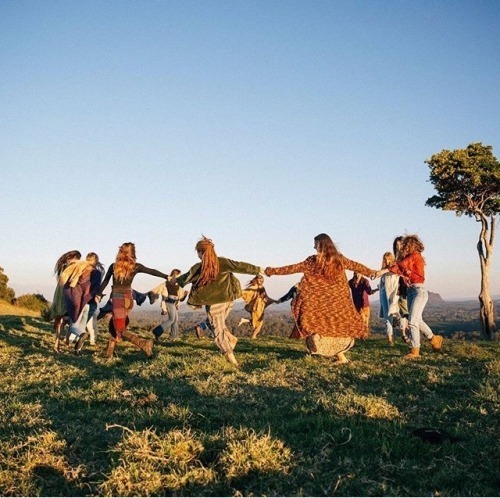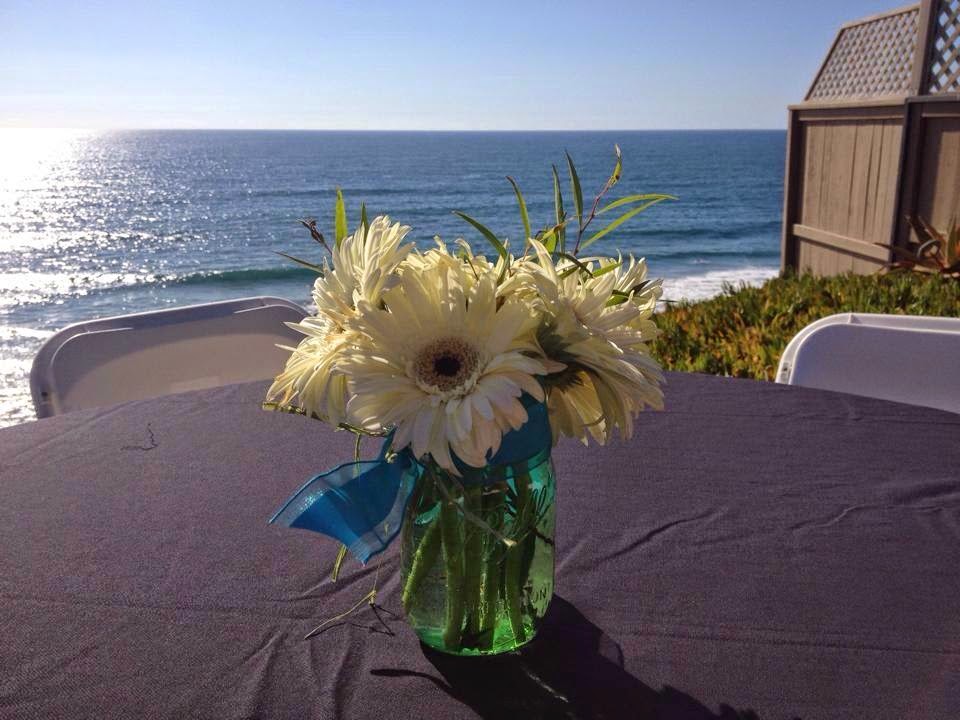


The movie combines footage from 19 of a hippie boy, Sean, who fascinated Arlyck when he lived in San Francisco. To really understand the complexity of the 1960s, we recommend watching Ralph Arlyck’s 2005 documentary, Following Sean, whose plot finds more parallels than you’d think with Sunbursts’s story. Flower power was at its tipping point when Paulsen tried to give the dream one last chance to work. It was the United States of America in the cold, late spring of 1967.” The Haight-Ashbury overflowed with pre-teen junkies, and the Tate murders gave the counter culture a serious ice bath. “The center was not holding,” writes Joan Didion about the fall of the 1960s in Slouching Towards Bethlehem, “It was a country of bankruptcy notices and commonplace reports of casual killings People were missing. Local bricklayer Norman Paulsen was trying to calm the voices in his head at Santa Barbara County Hospital after an overdose on his medication the same voices that would return to him six years later, prompting him to found a haven away from the mounting anxiety of the era. Our story begins in a Southern California psych ward in 1963. But most of all, it’s a fascinating tale of what happens when peace, and making a profit, collide… Image courtesy of Patty Paulsen and Sunburst Sanctuary This is the story of how one man’s dream gave birth to a Californian Camelot, a trip steeped in idealism and salvation, complete with stallions, schooners, and firearms.

Otherwise, things get ugly, which is why we were surprised to learn that the Brotherhood not only existed, but turned into “Sunburst Farms”: a multi million-dollar business. In a manner of speaking, that is, because if we’ve learned anything from our past investigations into communes and cults, it’s that these sort of things have an expiration date. Collectively, they were known as “The Brotherhood of the Sun,” and in the 1970s, they emerged as one of the most successful communes in US history. If you were lucky, you might have seen them frolicking in the hills under the glow of the buttery, golden hour sunshine that California does so well. They came from the mountains, and kept to themselves. Image courtesy of Patty Paulsen and Sunburst Sanctuary


 0 kommentar(er)
0 kommentar(er)
